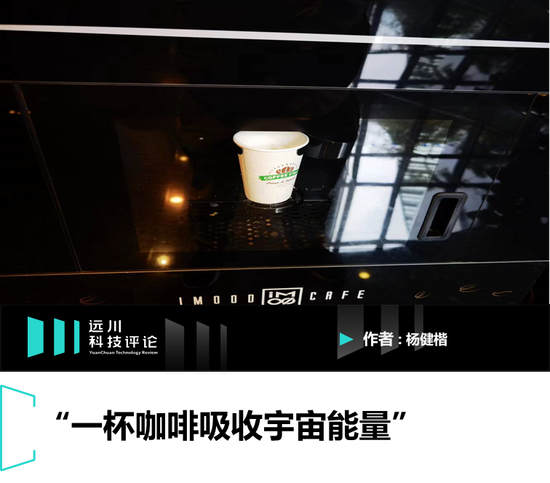
Welcome to the WeChat subscription number of “Sina Technology”: techsina
Text / Yang Jiankai
Source / Yuanchuan Technology Review (ID: kechuangych)
Ren Zhengfei’s “cold air” theory has spread all over the A-share market. In the widely circulated speech minutes, he emphasized that “don’t tell stories anymore, we must tell realizations.”
For the Chinese chip industry, this is a no-compromise fact.
Many startups have long lost the capital, credibility and ability to tell stories. Most of the rare “storytellers” who are active on the stage are confident in some strengths.
In fact, most Chinese chip companies, especially entrepreneurs in the Yangtze River Delta and Pearl River Delta, are quite pragmatic. They are rooted in China’s market soil, and they do not want to be too ambitious. They take the initiative to stay close to the vast manufacturing world and contribute their own strength to China’s economic transformation.
Recently, the science and technology team of Yuanchuan Research Institute went to Nanjing to participate in the World Semiconductor Conference. In two days, they interviewed more than 20 companies in the chip industry chain, and deeply felt the “heat” brought by semiconductors to this ancient capital of six dynasties.
The following is a description and sorting out of the visiting companies:
Similarities and differences between mainland and Taiwan design companies
It is interesting to have design firms from two continents:
One is Nanochip Micro, which has already been listed, and is the analog chip company of TI. The original industrial control, is entering the automotive market.
The speaker said that the vehicle regulatory level requires less than 1ppm (one part per million), and quality control in the industrial control and other markets is the basis for the automotive market. Nanochip has invested 10% of its personnel in quality, which is in design. The industry is rare, and it is also the basis for its success in the automotive market.
One is Jihai, a printer master SoC chip company.
The speaker said that when the price of a chip increased last year, they specially sent an audit to check whether the dealers had maliciously increased the price to ensure that customers get a reasonable price. This shows that the chip market price control is very important, which is directly related to the reputation in the user group.
In contrast to mainland design companies, there are two Taiwanese manufacturers:
One is Ling Yan Ge, a chip design service company established by Foxconn in Zhuhai. It is used by itself, and it has also undertaken some MCU projects. It also designs modules and can help sell it. I have to say that the style of the foundry is very distinctive…
One is Creative Electronics (GUC), which was established in 1998. It is a Taiwanese listed company. It is said to have helped a large computing power chip company in China to provide design services. It has close cooperation with TSMC and is mainly good at AI/HPC at 16nm and below. chip.
In fact, to do chip design customization services does not mean that the ability is not good. On the contrary, in order to serve the vast fabless, it requires strong design capabilities, comprehensive process control and possession of superior wafer production capacity.
Generally speaking, a chip design customization service company earns two yuan, one is the pre-tape stage, which is calculated on a per capita basis, and the other is after tape-out, which is deducted from the chip income. As long as the ability is good and the investment is well controlled, it will make a steady profit without losing money.
The Taiwan-based design company chose to provide services to its counterparts in mainland China, which means “Daiyu washes Zijuan’s feet”. However, everyone has their own pursuits. One makes money from shareholders, the other makes money for shareholders, the market dream rate, and the price-earnings ratio.
This is called mutual achievement!
There are many “hidden champions” in semiconductor materials
At the scene of the World Semiconductor Conference, some semiconductor material companies also came, and many of them have the temperament of “hidden champions”:
One is Xinhua Semiconductor, a subsidiary of GCL’s semiconductor materials, which provides silicon ingots, rods and powders, which are sold by kilograms. The purity needs to reach 13 9s. It is provided to domestic silicon wafer companies such as Shanghai Xinsheng. One hundred thousand, this price is comparable to lithium carbonate…
One is Lianrui New Materials, a listed company that produces semiconductor ball powder and ball aluminum. It mainly supplies packaging materials and CCL companies, and then hand them over to packaging factories and substrate companies. Its materials are the main components for manufacturing packaging materials and substrates. constitutes 30-40% of the substrate.
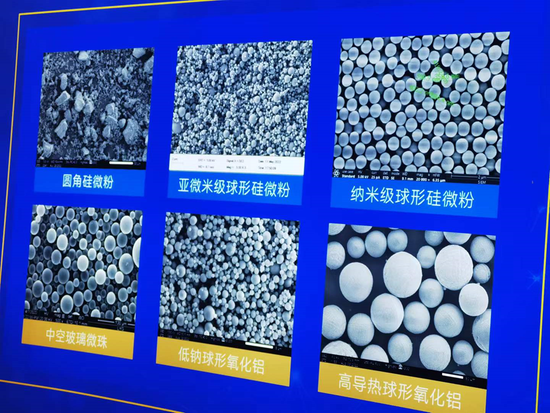
With the boom of downstream mobile phones and new energy, and the increasing power consumption, heat dissipation has become a big problem, and the application of this thermally conductive material has become more and more extensive.
At present, the company’s production capacity is the second largest in the world, behind a Japanese company. The core equipment of spherical powder and spherical aluminum is a spheroidizing furnace that spheroidizes the material after melting. The corresponding process is also the core. This equipment is designed by them and then handed over to the foundry for production. After the eight production lines are put into operation, the company’s production capacity will become the largest in the world.
Another is Red Avenue New Materials, a listed company that makes photoresist. It supplies both panel and chip companies. It sells photoresist in gallon bottles (about 3785ml). The price ranges from thousands to tens of thousands of yuan.
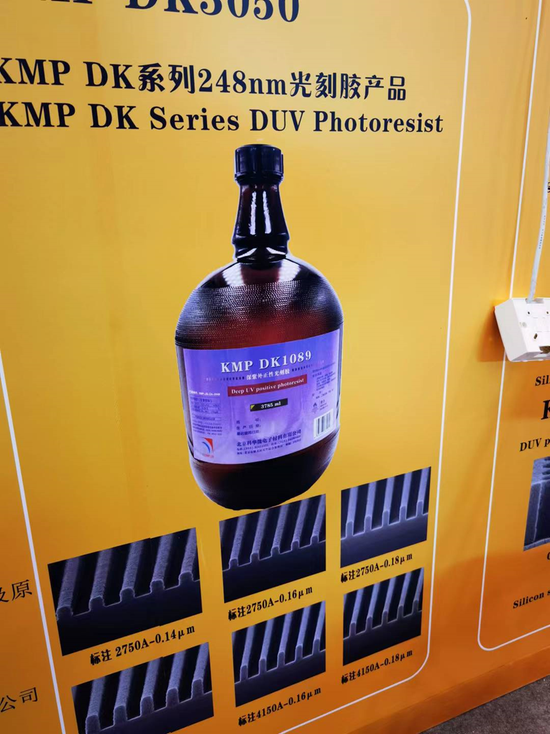
Photoresist is used by wafer factories for filling and etching in the chip manufacturing process. It has requirements for chemical properties such as heat and acid. Its grade, price and line width are directly related. The thinner the line width, the higher the general price. high. The thinnest line width the company can currently achieve is 0.15 microns.
Localization has created huge demand
The most profound feeling of visiting the World Semiconductor Conference venue this time is the localization of fabs such as Changjiang Storage and Hefei Changxin, which has created huge demand in all aspects. Although they are not present at the venue, they can be felt everywhere. to their existence.
The following cases are all “small” companies doing “small” links in manufacturing, but they are impressive:
One is Jiuen Intelligence. The Huangshi family makes gas purification equipment, mainly to remove impurities for electronic special gases. It sells several thousand to ten thousand, and the purity can reach 9 9s. There are also all-in-one cabinets, the price ranges from tens to one million, and the purity can reach 13 9s, which are supplied to Yangtze River Storage, SMIC, etc.
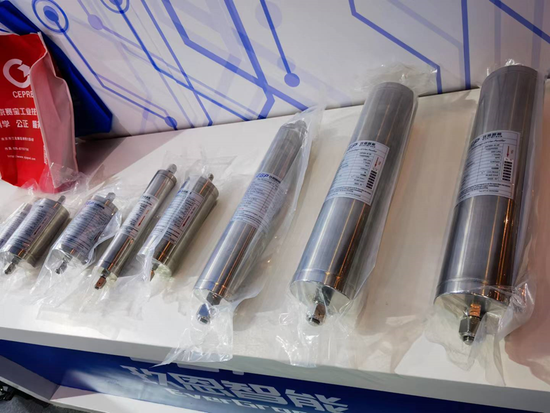
One is Moying Technology, which makes a grabbing (fab material box) robot. The bottom is a mobile chassis, the top is a robotic arm, and some visual fusion algorithms and software. The price is about 400,000 yuan. It can also be used at the same time. Nucleic acid testing… Currently receiving some government orders.
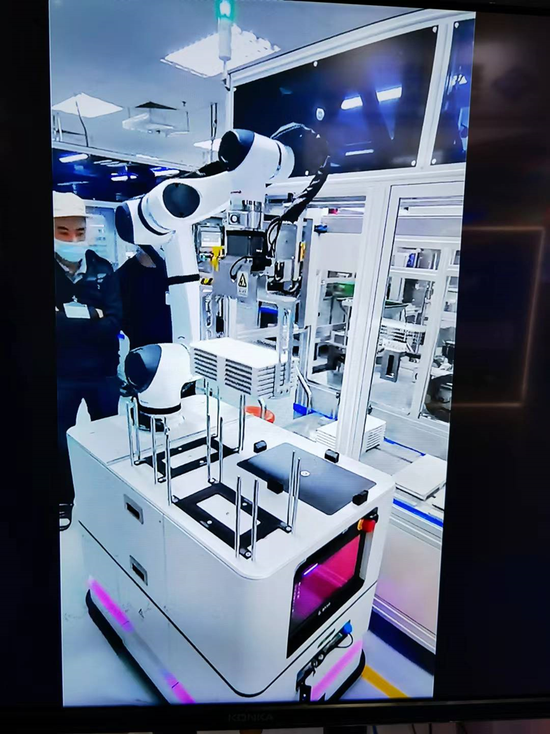
This kind of machine is placed in Huatian’s factory. One machine corresponds to three or four packaging factories. The moving speed is average, but the laser slam can scan QR codes, etc., and work 24 hours a day, and the efficiency is still higher than that of humans.
At present, their factory is located in Shenzhen, and they have also set up points in the Yangtze River Delta. They are mainly used to undertake customized orders from other factories. It can be said that one fish eats more than one fish.
Another is Suzhou Aisdaq, which is a box for wafer fabs, that is, stocker. It also bundles sales and operation software and connects to the customer’s mes system, so that customers can control the stocker through the software.
Finally, there is Wuxi Xinxiang, a domestic cim software company that also sells equipment, but its main business is software systems, mainly for layer 2 and below software, and provides services to domestic 12-inch factories. There are many cim software systems, and each process or function requires special software. Cimxiang sees which software customers need before deploying, and some are customized projects.
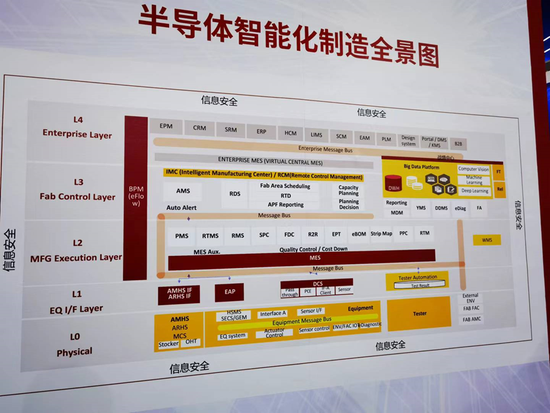
Where is the hope of the chip industry
The two-day visit in Nanjing made me understand that the hope of China’s chip industry lies not only in those industry leaders and star companies that have attracted much attention, but also in many small and medium-sized companies with small links. The fundamental role has propped up the building of the electronics industry.
Many times, their roles are so low-key that we can only communicate with them in small booths.
But put it in the panorama of China’s chip industry, and take a closer look at all the links. Their status is not low at all. Maybe there are only one or two companies in one or two links. Do you think that if there are no such one or two companies, how much impact will it have on the chip industry? Is it because of those neck-stuck links that suddenly there are one or two more.
Therefore, the weakness of Chinese chips may not lie in the fact that we lack many famous and great companies, but that there are too few small and medium-sized companies in the system to form a comprehensive and strong support for the chip industry.
Without thousands of “hidden champions”, there will be no chip industry with strong anti-risk ability, ability to absorb external shocks, and steady growth potential.
Therefore, those capital who are crying and shouting that investing in chips is not profitable, open your eyes quickly! There are so many invisible champions in China, don’t think about only designing.
If the pattern is bigger, the hope of Chinese chips is everywhere.

(Disclaimer: This article only represents the author’s point of view and does not represent the position of Sina.com.)
This article is reproduced from: http://finance.sina.com.cn/tech/csj/2022-08-24/doc-imizirav9528764.shtml
This site is for inclusion only, and the copyright belongs to the original author.